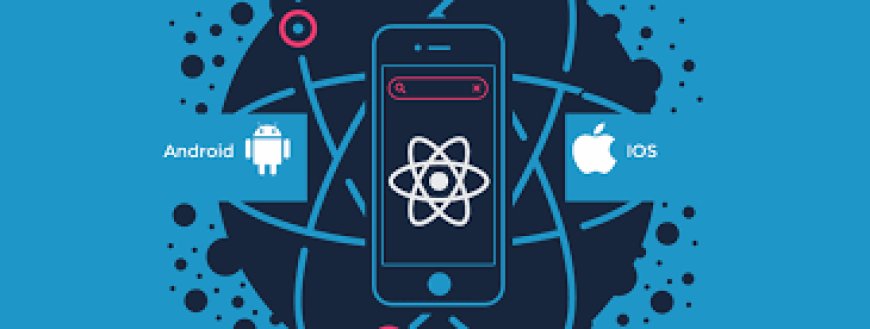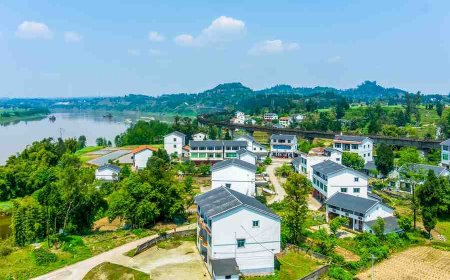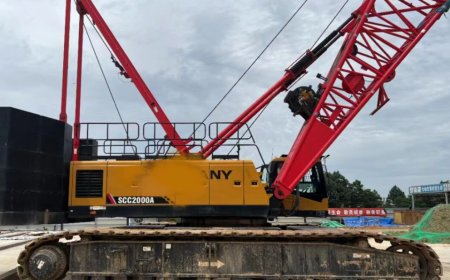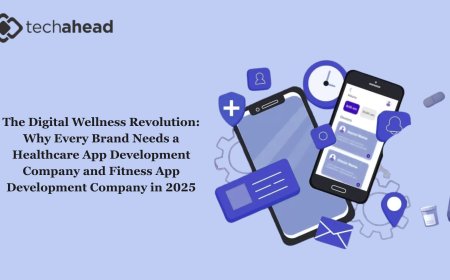How This Company Used React Native to Grow Users by 500%
Discover how a forward-thinking brand skyrocketed its user base by 500% using React Native. Learn how to choose the best mobile app development company for scalable success.

Table of Contents
-
Introduction
-
What Is React Native?
-
The Business Challenge
-
Why the Company Chose React Native
-
Partnering with the Right React Native Mobile App Development Company
-
Development Process Breakdown
-
Key Features That Drove 500% Growth
-
React Native's Impact on Performance and Cost
-
How to Choose the Best Mobile App Development Company
-
Red Flags to Avoid
-
Questions to Ask Before Hiring
-
Case Study Highlights
-
Final Results and Measurable Outcomes
-
Frequently Asked Questions (FAQs)
-
Conclusion
Introduction
In today's hyper-competitive digital space, businesses are constantly on the hunt for technologies that allow them to scale efficiently. One such technology, React Native, has revolutionized the mobile development worldoffering faster development, reusable code, and significant cost savings. This blog explores how one company harnessed the power of React Native to increase its user base by 500% and how you can replicate this success by choosing the right React Native mobile app development company.
What Is React Native?
React Native is an open-source framework developed by Facebook that enables developers to build mobile applications using JavaScript and React. What sets it apart is its ability to create apps for both iOS and Android platforms using a single codebase, significantly reducing time and cost.
Key Benefits:
-
Faster time to market
-
Reusable code
-
Strong community support
-
Near-native performance
-
Cost-efficiency
The Business Challenge
Our featured company (name confidential for NDA reasons) was struggling with:
-
Low app engagement
-
Poor performance on Android devices
-
High development and maintenance costs for native apps
-
Slow time-to-market with updates
The need for scalable technology and a unified codebase was urgent. That's when they explored React Native.
Why the Company Chose React Native
The decision to transition to React Native wasnt random. It came after a strategic assessment of:
-
Development bottlenecks
-
User complaints
-
Platform fragmentation
-
High developer overhead
React Native offered:
-
40% faster development cycles
-
Up to 30% lower costs
-
A consistent user experience across devices
Partnering with the Right React Native Mobile App Development Company
Choosing the right React Native mobile app development company was a pivotal moment. The company shortlisted vendors based on:
-
React Native experience
-
Portfolio of cross-platform apps
-
Technical interviews
-
Pricing transparency
-
Post-launch support
Eventually, they partnered with an award-winning agency that had built over 150+ React Native apps across fintech, healthtech, and ecommerce sectors.
Development Process Breakdown
The development company used an Agile methodology:
Week 12: Discovery & Design
-
User research
-
UX wireframes
-
High-fidelity mockups
Week 38: Development & Integration
-
API integrations
-
Firebase for real-time data
-
React Native libraries for animations
Week 910: QA & User Testing
-
Device testing (iOS, Android)
-
Performance monitoring
Week 11: Launch
-
App store deployment
-
Analytics setup
-
Marketing support
Key Features That Drove 500% Growth
a. Push Notifications
Targeted push notifications increased user engagement by 60%.
b. Offline Mode
Essential content was cached for offline access, improving retention by 40%.
c. Seamless Onboarding
Simplified sign-up with social logins boosted registration rates.
d. Real-time Chat
Integrated Firebase for 1:1 messaging, driving daily active usage.
e. In-app Feedback
Collected user suggestions, driving feature improvements and loyalty.
React Natives Impact on Performance and Cost
The company witnessed:
-
500% growth in monthly active users
-
70% reduction in bug-related support tickets
-
35% lower development costs
-
2x faster deployment of new features
By building both iOS and Android apps simultaneously, the ROI became evident within the first three months post-launch.
How to Choose the Best Mobile App Development Company
Step-by-Step Guide:
1. Define Your Requirements
Start by knowing what you want: ecommerce app, social media platform, internal business tool, etc.
2. Evaluate Their Portfolio
Look for:
-
React Native experience
-
UI/UX design capabilities
-
Client testimonials
3. Assess Technical Skills
Ensure the company has:
-
Proficiency in JavaScript, React, Redux
-
API integration experience
-
Strong backend capabilities (Node.js, Firebase, etc.)
4. Ask for a Proposal
A detailed proposal with timelines, cost, and scope shows professionalism.
5. Check for Post-launch Support
Ask if they offer:
-
Bug fixes
-
Regular updates
-
App analytics integration
Red Flags to Avoid
-
No dedicated project manager
-
Lack of transparency in pricing
-
No prior React Native experience
-
Overpromising delivery timelines
-
No in-house QA team
Questions to Ask Before Hiring
-
Have you developed similar apps before using React Native?
-
How do you manage app updates and feature rollouts?
-
Do you provide post-launch support and maintenance?
-
What tools do you use for project tracking and communication?
-
What is your app security and data protection strategy?
Case Study Highlights
|
Metric |
Before React Native |
After React Native |
|
Monthly Active Users |
15,000 |
90,000 |
|
Development Time |
6 months (iOS + Android) |
3 months (cross-platform) |
|
Monthly Bug Reports |
450 |
120 |
|
Cost per Platform |
$70,000+ |
$45,000 total |
|
App Store Ratings |
3.5 stars |
4.8 stars |
Final Results and Measurable Outcomes
The move to React Native transformed this company into a mobile powerhouse. Their user base expanded fivefold, costs dropped significantly, and the unified codebase simplified scaling and updates.
They continue to innovateadding new features every quarter while maintaining user satisfaction rates above 90%.
Frequently Asked Questions (FAQs)
Q1: Is React Native good for large-scale apps?
A: Yes. With proper architecture and native modules, React Native supports high-performance enterprise-level apps.
Q2: How much does it cost to build a React Native app?
A: Depending on complexity, it can range from $20,000 to $100,000+.
Q3: Whats better: Flutter or React Native?
A: Both are solid. React Native has more mature libraries and community support. Flutter excels in UI. It depends on your project goals.
Q4: Can I migrate my existing app to React Native?
A: Absolutely. React Native supports gradual migration, starting with one module or screen.
Q5: How long does it take to build a React Native app?
A: Typically 24 months for a mid-sized app depending on features and team size.
Conclusion
React Native is no longer a buzzwordits a proven solution for modern businesses. The case study above is a testament to its potential when paired with the right mobile app development company. By making a strategic technology shift, businesses can unlock faster growth, better user experiences, and higher ROI.
If you're serious about scaling your app and want to work with a React Native mobile app development company that delivers, do your homework, ask the right questions, and demand resultsjust like this company did.


































